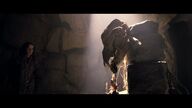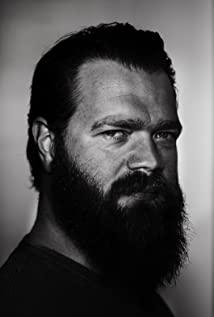After watching the alpha, the paleontologists next to me and I were really amazed at the precise scientific details of paleontology and paleontology in the film. Here are a few conclusions to start with, and then I will complete this film review in the next few days.
(1) The human images in the film are probably the ancestors of modern Europeans. Its brown eyes and slightly Asian appearance are in line with the most cutting-edge research progress. The appearance of the ancestors of the earliest Europeans discovered so far.
(2) From the belief of the tribe of the characters in the film, it is speculated that the tribe may have originated in Northwest Asia. Shaman worship is the religious leader of the tribe, generally female. Religious leaders usually confronted the secular leaders of the tribe (the father of the protagonist in the film) in the early period of clan society. Early paleontological evidence proves that the earliest domestic dogs appeared near the Altai Mountains in Siberia, about 33,000 years ago. The time background introduced in the film is 20,000 years ago, which can be explained as the different origins of domestic dogs.
(3) About the most discussed clothing issues in the comments. The characters in the film are actually wearing leather clothing, not textile clothing. Leather jackets can be made as long as the leather is stitched together. In fact, humans have been able to make bone needles enough to sew leather garments 35,000 years ago. The bone needles made by 20,000 years were very delicate and very similar in form to the current needles.
(4) The language in the film is a fusion language created by Christine Schreyer of UBC Okanagan College in Canada. Some professionals believe that a large number of its components come from ancient Nostratic, a small amount of ancient Eurasian, and ancient Caucasus. In fact, Nostratic language is considered by linguists to be a huge collection of ancient languages, including Asian-African language family, South Caucasus language family, Dravidian language, and Altaic, Uralic, and modern Indo-European languages. Eurasian language family. But obviously, according to Christine Schreyer's description, her so-called Nostratic language is separated from the Eurasian language family and the Caucasian language family. Therefore, the language in the film can be understood as the integration of the current languages of East, Central, Western Europe, North Asia, Northeast Asia, India, etc., with the languages of other regions in Eurasia (including North Africa).
View more about Alpha reviews











